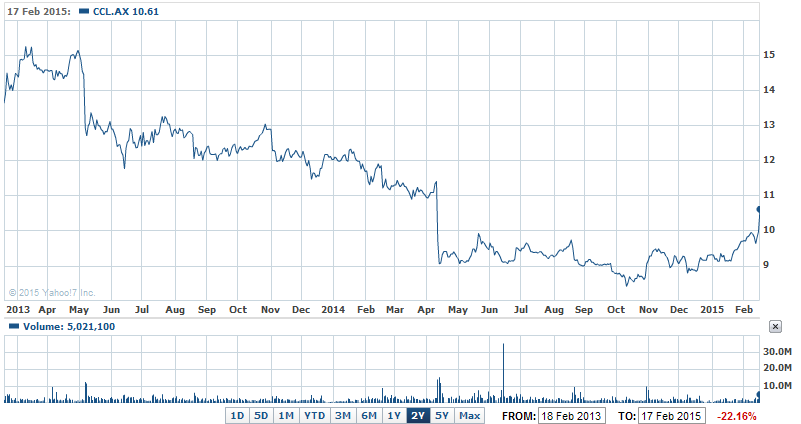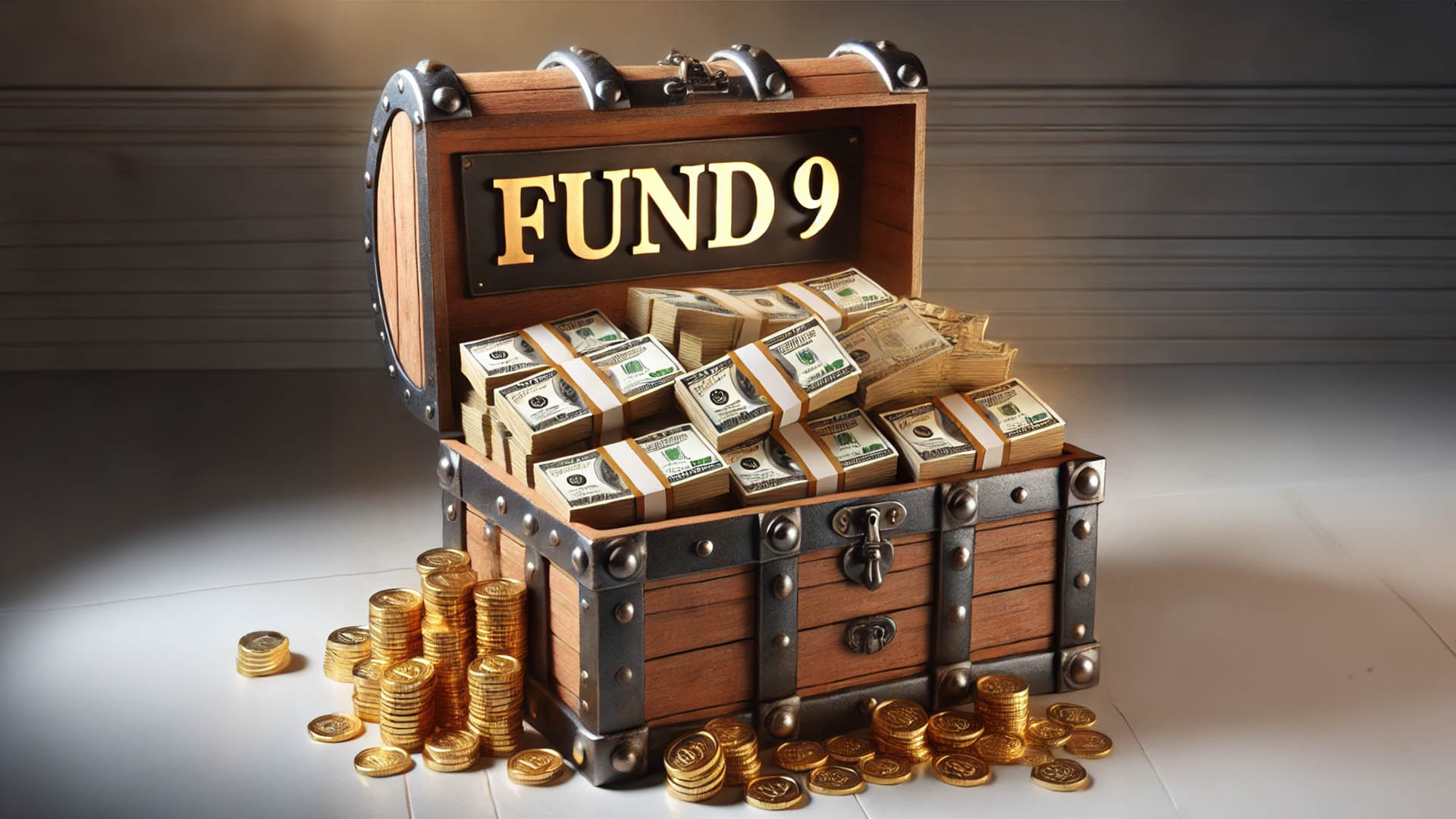‘Phew’ said investors yesterday when faded blue chip Coca Cola Amatil (CCL) produced no more surprises in its 2014 profit report.
The report ticked most of the known boxes for worried investors – lower revenues, problems in Indonesia, lower dividend, lower profit and a promise that 2014 was the bottom of the company’s two year slide to some of the worst profit performances in two decades.
While the 2014 result fell short of some market forecasts, the sigh of relief at the lack of any more shocks saw the shares jump 6.3% to $10.61 yesterday.
Helping the shares rise was the declaration of a final dividend of 22c down 31%. Total dividends for the year dropped 28% to 42c, or a rather stiff 85% of earnings before significant items.
That’s a real sign the board, led by chair David Gonski, is determined to try and keep shareholders as happy as it can as they contemplate the 30% fall in the share price since mid 2013, when the problems first started emerging.
Group revenues fell 1.9% to $4.94 billion, after a near 4% fall in revenues in the key Australian beverages business, and a fall in the number of cases sold in Australia of 0.9%, to just over 335 million. That’s a real sign of the depths of the company’s problems in its heartland market.
Earnings before interest and tax, and before one-off costs, plunged 21.8% to $651.5 million as the fall in the second half accelerated. In fact they fell 26% to $334.8 million.
CCL 2Y – Is the worst behind Coca-Cola Amatil?

CEO Alison Watkins, who took up the job last March replacing Terry Davis who ran the company for 10 years, forecast a return to profit growth this calendar year, for the first time in two years, and is targeting mid-single digit earnings per share growth over the next few years.
“Concrete progress has been made in implementing strategies to strengthen the market leadership position of the Company in its two major markets, Australia and Indonesia, which we believe will enable us to return to growth and generate attractive and sustainable returns for our shareholders over the next few years,” Ms Watkins said in yesterday’s statement.
Under Ms Watkins, CCA has cut 400 jobs as part of a plan to reduce costs by $100 million over three years and reinvest the savings into new products, containers and marketing ideas – further recognition the company had grown stale and bloated under Mr Davis, especially in its most important Australian area of business, the so-called trade route where small retailers, cafes, and vending machines sell coke at full price and not the heavily discounted cost in big supermarkets, pubs and clubs.
Ms Watkins has also launched a range of new products including coconut water, frozen fruit whip, smaller soft drink cans and cheaper bottled water in a bid to tap try and match offerings from newer competitors, while trying to meet the growing health concerns about carbonated drinks (CCA’s staple business) and the growing cost of its key water brands such as Mount Franklin.
CCA shareholders met yesterday afternoon in Sydney and voted to approve the proposed sale of a 29.4% in the company’s Indonesian business to The Coca-Cola Co for $US500 million ($A649 million).
That’s a recognition CCA can no longer afford to carry the cost of growing one of the biggest drinks markets in the world where it is a dominant player. It has been threatening to overwhelm the company at a time when the management stumbles left it exposed in Australia, its key market.
The proceeds will be used to expand production in Indonesia as well as increase warehouse capacity and cold drink infrastructure cabinets and vending machines) to strengthen CCA’s position in that market.
CCA has invested over a billion in Indonesia over the last two decades and now commands about 60%, but that is under pressure from new competitors and a slowing economy and rising costs.
The Indonesian business remains cash flow negative and earnings have been falling for several years as new players enter the market and competition increases.
Ms Watkins has said CCA expects returns in Indonesia to cover the cost of capital by 2020, so another long haul awaits shareholders.













